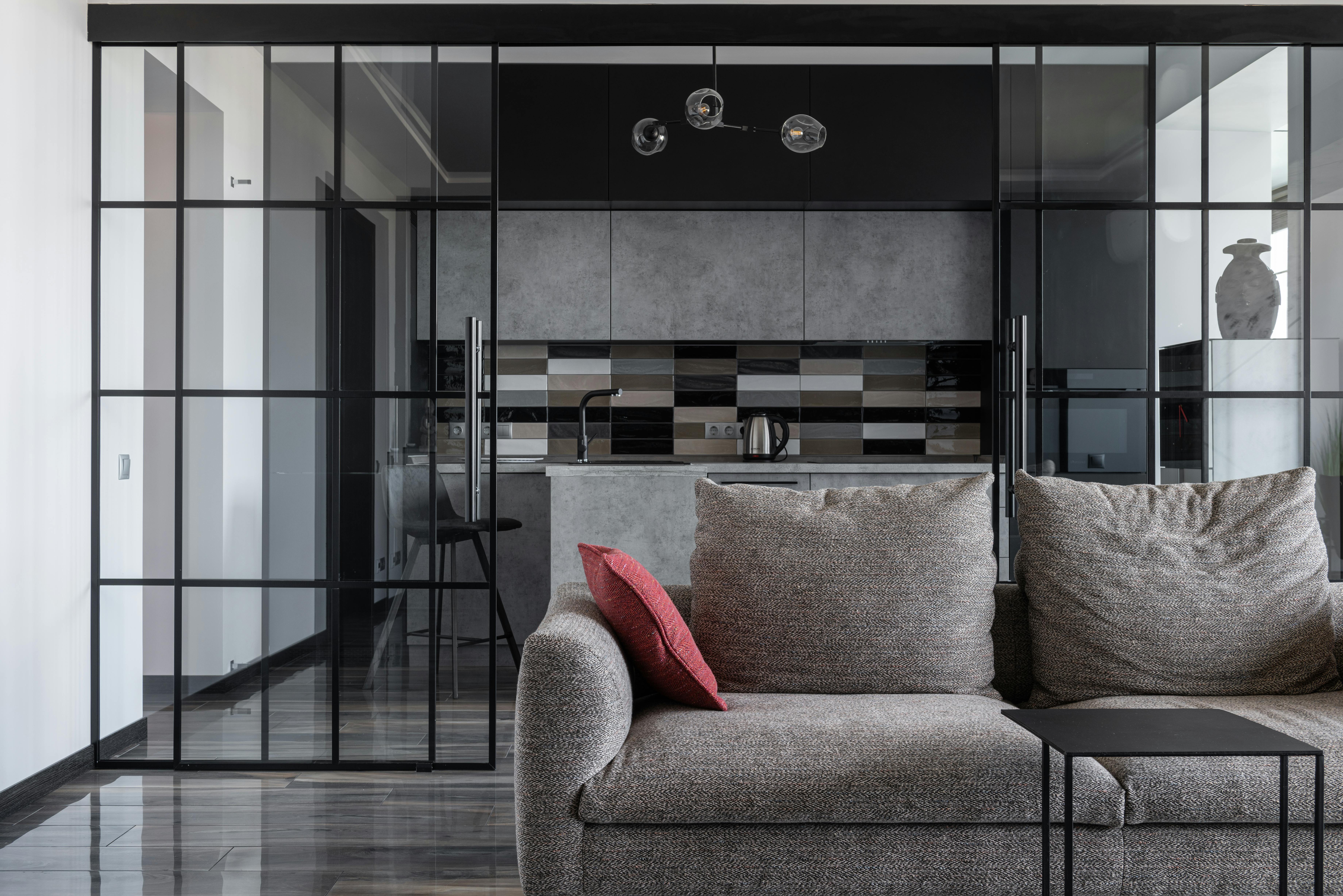Transform Your Skin with Advanced Laser Therapy
Laser skin treatment has become a leading option for people seeking effective, non-surgical solutions to common skin concerns. Using focused light energy, modern laser therapies address wrinkles, acne scars, pigmentation, sun damage and unwanted hair with precision and minimal downtime. Learn how different laser types work, what conditions they treat, the benefits, risks, typical costs, and essential pre- and post-care tips to maximize results. Discover whether laser skin rejuvenation is right for your skin goals.

Transform Your Skin with Advanced Laser Therapy
Lasers have reshaped cosmetic dermatology by delivering concentrated light energy to target specific skin problems without major surgery. Depending on the device and settings, laser treatments can remove damaged tissue, stimulate collagen, or target pigment and blood vessels. That flexibility makes lasers a strong choice for anyone looking to refresh their complexion with shorter recovery than traditional surgical options.
Types of Lasers and How They Work
Laser systems vary by wavelength, pulse duration, and the depth they penetrate. Broadly, they fall into two categories:
-
Ablative lasers: These remove the outer layer of skin (epidermis) and heat the underlying dermis. They are effective for deep wrinkles, significant scarring, and pronounced textural problems. Ablative resurfacing produces dramatic results but usually requires longer healing time.
-
Non-ablative lasers: Instead of vaporizing surface skin, these devices heat deeper layers to encourage collagen production while leaving the surface intact. They work well for milder lines, early signs of aging, uneven tone, and some types of scarring, and typically offer quicker recovery.
Other commonly used technologies include fractional lasers— which treat microzones and leave surrounding tissue untouched for faster healing—and IPL (intense pulsed light), which is not a laser per se but uses broad-spectrum light to treat pigmentation and vascular issues.
What Skin Concerns Can Be Addressed?
Laser treatments are highly versatile. Common issues that respond well include:
- Fine lines and deeper wrinkles
- Acne scars and other scar types
- Uneven skin tone, age spots, and hyperpigmentation
- Sun damage and liver spots
- Enlarged pores and uneven texture
- Vascular issues such as rosacea and visible capillaries
- Unwanted hair reduction
Because settings and devices can be tailored, clinicians can design protocols that specifically target an individual’s mix of concerns.
Benefits of Laser Rejuvenation
Laser procedures offer several important advantages over many traditional approaches:
- Precision: Energy can be focused on problem areas while minimizing impact on neighboring tissue.
- Personalization: Clinicians can select device type, wavelength and intensity to suit different skin types and goals.
- Minimally invasive: No large incisions are required, reducing infection risk and scarring compared with surgery.
- Collagen stimulation: Controlled thermal injury triggers the body’s repair process, producing new collagen for firmer, smoother skin.
- Short treatment times: Many sessions take under an hour, making them convenient for busy schedules.
- Reduced downtime: Depending on the treatment, recovery ranges from a few days to a couple of weeks, often shorter than surgical healing.
- Durable outcomes: With appropriate maintenance and sun protection, improvements can last months to years.
Potential Risks and Side Effects
While generally safe in experienced hands, laser care is not without risks. Patients should be informed about possible outcomes:
- Redness and swelling: These are common immediate reactions and typically resolve in days.
- Pigment changes: Temporary or, less commonly, permanent hyperpigmentation (darkening) or hypopigmentation (lightening) can occur, especially in darker skin tones.
- Scarring: Rare, but more likely with aggressive resurfacing or poor wound care.
- Infection: Bacterial or viral reactivation (e.g., cold sores) can happen if aftercare is neglected.
- Burns: Incorrect device settings increase the small risk of thermal injury.
A thorough consultation with a board-certified dermatologist or qualified provider helps assess your individual risk and choose the safest, most effective approach.
Typical Costs
Treatment cost depends on the laser type, extent of the treatment area, the number of sessions required, and the provider’s expertise and location. Below is a general pricing overview:
| Treatment Type | Average Cost per Session | Number of Sessions | Total Estimated Cost |
|---|---|---|---|
| Fractional Laser | $1,000 - $2,500 | 3-5 | $3,000 - $12,500 |
| IPL (Intense Pulsed Light) | $300 - $600 | 3-6 | $900 - $3,600 |
| Ablative Laser Resurfacing | $2,000 - $3,000 | 1-2 | $2,000 - $6,000 |
| Non-Ablative Laser | $700 - $1,500 | 3-5 | $2,100 - $7,500 |
Prices are estimates and may change; always confirm current fees with your chosen provider.
Preparing for Treatment and Post-Treatment Care
Proper preparation and aftercare are crucial both for safety and for getting the best possible results.
Before your session:
- Avoid sun exposure and tanning for at least two weeks to reduce the risk of pigment changes.
- Discontinue retinoids and other strong topical products as advised by your clinician.
- Share all medications and medical history, including any history of cold sores or keloids.
- Come with a clean, makeup-free face on the day of the appointment.
After treatment:
- Use cool compresses to soothe swelling and discomfort in the first 24–48 hours.
- Follow a gentle skincare routine: mild cleansers and the specific topical products your provider recommends.
- Avoid direct sun exposure and use a broad-spectrum sunscreen daily to protect healing skin.
- Do not pick or scratch treated areas to reduce the chance of scarring or infection.
- Keep follow-up appointments and follow any specific instructions carefully.
Making an Informed Decision
Laser skin therapy can deliver meaningful improvement across many common cosmetic concerns while avoiding the invasiveness of surgery. The right device and settings depend on your skin type, the issues you want to address, and your tolerance for downtime. A consultation with a credentialed dermatologist or licensed aesthetician will clarify expectations, outline a realistic treatment plan, and reduce risk.
This article is for informational purposes only and should not be considered medical advice. Please consult a qualified healthcare professional for personalized guidance and treatment.





